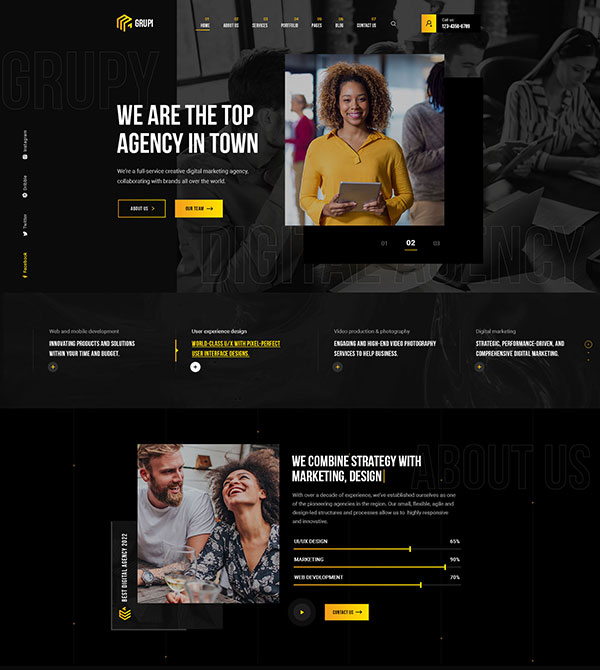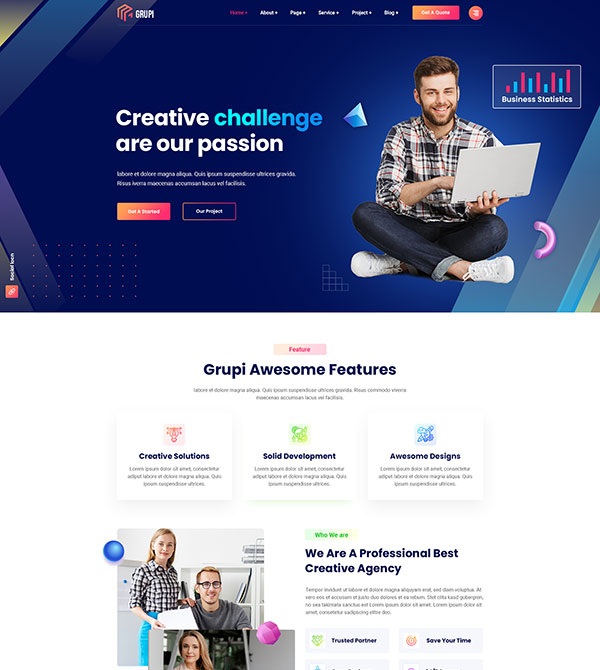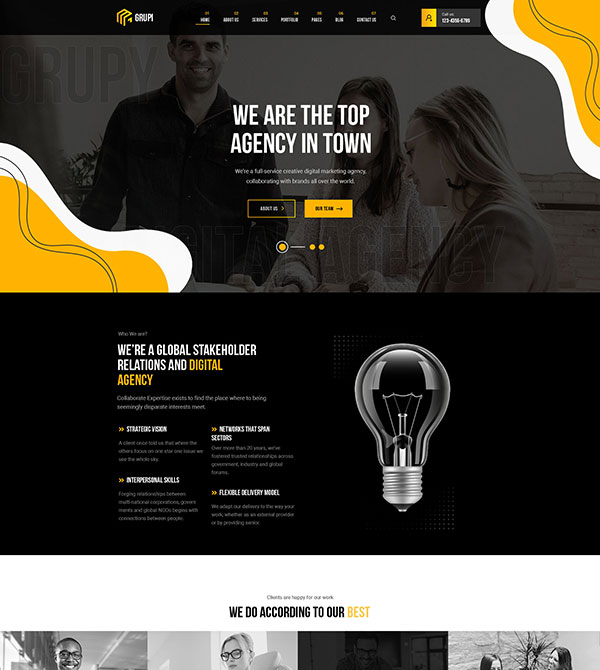Personalization powered by robust data integration is transforming content marketing from generic messaging to tailored experiences that drive engagement and conversions. While foundational strategies set the stage, implementing a truly data-driven personalization system requires mastery over complex technical, analytical, and operational facets. In this comprehensive guide, we will explore actionable, detailed techniques to elevate your personalization efforts beyond basic segmentation, focusing on advanced data sources, real-time data streams, machine learning-driven segmentation, and scalable personalization engines.
Table of Contents
- Data Collection and Integration for Personalization
- Segmenting Audiences for Precise Personalization
- Developing Personalized Content Strategies Based on Data Insights
- Technical Implementation of Personalization Engines
- Monitoring, Testing, and Optimizing Personalization Efforts
- Case Study: Implementing a Data-Driven Personalization Workflow
- Final Integration: Linking Back to Broader Content Marketing Goals
Data Collection and Integration for Personalization
a) Identifying and Implementing Advanced Data Sources
To achieve granular personalization, start by expanding beyond basic web analytics. Integrate Customer Relationship Management (CRM) systems such as Salesforce or HubSpot to access detailed customer profiles, purchase history, and lifecycle stage data. Implement behavioral analytics platforms like Mixpanel or Amplitude to capture user interactions across websites, mobile apps, and email campaigns. Incorporate third-party data providers like Nielsen or Acxiom for demographic, psychographic, and intent data, ensuring compliance with privacy regulations. Use APIs or ETL pipelines to automate data ingestion, maintaining a centralized data warehouse.
b) Setting Up Real-Time Data Streams for Immediate Personalization Opportunities
Implement event streaming platforms such as Apache Kafka or Amazon Kinesis to process user actions as they happen. For example, when a user abandons a cart, a real-time trigger can update their profile with this intent, enabling immediate content or offer adjustments. Use serverless functions (AWS Lambda, Google Cloud Functions) to process these streams and push updates directly into your personalization engine or marketing automation platform. This setup ensures that your content adapts dynamically, reflecting the latest user behavior.
c) Ensuring Data Quality and Consistency During Integration Processes
Establish strict data validation protocols at each ingestion point. Use data profiling tools like Talend or Informatica to monitor consistency, completeness, and accuracy. Implement deduplication algorithms—such as fuzzy matching or probabilistic record linkage—to unify user profiles across sources. Regularly audit data pipelines for latency, errors, and anomalies. Document data schemas and transformations thoroughly to prevent misalignment and facilitate troubleshooting.
d) Linking Data Infrastructure to Marketing Automation Platforms
Use APIs and webhooks to connect your data warehouse or customer data platform (CDP) directly with marketing automation tools like Marketo, Eloqua, or HubSpot. For instance, leverage REST APIs to synchronize enriched behavioral profiles into automation workflows. Implement event-driven triggers to personalize email content, site experiences, or retargeting ads based on the latest data. Ensure that your data syncs occur with minimal latency—preferably in under 5 minutes—to maintain relevance.
Segmenting Audiences for Precise Personalization
a) Creating Dynamic and Predictive Segments Using Machine Learning Models
Leverage supervised machine learning algorithms—such as Random Forests or Gradient Boosting—to predict customer lifetime value, churn risk, or product affinity. Use feature sets derived from behavioral data, transaction history, and engagement scores. For example, develop a model that scores users on their likelihood to respond to a specific campaign, then segment users dynamically based on these scores. Automate retraining pipelines (via tools like Airflow or Kubeflow) to keep models current with fresh data, ensuring segments remain accurate over time.
b) Applying Behavioral Triggers for Real-Time Audience Segmentation
Define specific actions—such as page visits, video completions, or email opens—that act as triggers for segment updates. Use event-driven architectures to automatically assign users to segments upon trigger detection. For example, a user who views a pricing page three times within 24 hours could be tagged as ‘High Purchase Intent’ instantly, enabling immediate tailored content like exclusive discounts or consultative offers. Implement rule engines like Drools or Rules Engine by Segment to manage complex trigger conditions efficiently.
c) Implementing Hierarchical Segmentation for Multi-Layered Personalization
Construct nested segmentation structures—broad segments (e.g., demographics) containing sub-segments (e.g., interests, behaviors). Use multi-dimensional clustering algorithms like K-Means or Hierarchical Clustering to identify natural groupings. For example, a ‘Tech Enthusiasts’ segment can be subdivided into ‘Gadget Buyers’ and ‘Software Developers,’ allowing highly specific content targeting. Store these hierarchies in a graph database (Neo4j) to facilitate rapid retrieval and updates.
d) Managing and Updating Segments to Reflect Changing Customer Behaviors
Schedule regular re-evaluation of segments—weekly or bi-weekly—to incorporate new data. Use automated scripts that analyze recent activity and adjust segment memberships accordingly. For dynamic segments, set thresholds that trigger reclassification—e.g., a user moving from ‘Engaged’ to ‘Inactive’ based on inactivity duration. Maintain version control for segment definitions to track changes and facilitate rollback if needed.
Developing Personalized Content Strategies Based on Data Insights
a) Designing Modular Content Components for Dynamic Assembly
Create a library of reusable content modules—such as headlines, images, calls-to-action, and testimonials—that can be assembled dynamically based on user data. Use a tag-based system (e.g., JSON metadata) to associate modules with specific audience attributes or behaviors. Implement a content management system (CMS) supporting dynamic rendering (e.g., Contentful, Strapi) to automate assembly. For example, a user identified as a ‘Frequent Buyer’ might receive product recommendations with personalized reviews and exclusive offers embedded seamlessly into the content flow.
b) Mapping Data-Driven Segments to Specific Content Variations
Develop a matrix that links segments to tailored content variations—e.g., new visitors see introductory guides, while loyal customers see advanced tips. Use dynamic content rules within your automation platform (e.g., Marketo Smart Campaigns, HubSpot Workflows) to serve the correct variation based on user profile attributes. Test different mappings through multivariate testing to optimize engagement.
c) Automating Content Personalization Workflows Using Tagging and Rules
Implement tagging strategies that assign metadata to user interactions or profiles—e.g., ‘interested-in-sports,’ ‘recent-purchase.’ Use rule engines to trigger content updates or email sends when tags are added or modified. For instance, a user tagged as ‘Express Shipping Interested’ could trigger an automated email highlighting expedited delivery options.
d) Incorporating User Intent Data to Tailor Content Format and Messaging
Leverage search queries, on-site behavior, and engagement signals to infer user intent. For example, a visitor spending significant time on a product comparison page likely has high purchase intent. Use this insight to dynamically serve content formats—such as detailed reviews, video demos, or personalized offers—that match their current stage in the buyer journey. Integrate AI-driven intent classifiers to refine targeting continually.
Technical Implementation of Personalization Engines
a) Setting Up and Configuring Recommendation Algorithms
Choose algorithms aligned with your data and goals. For collaborative filtering, implement matrix factorization techniques—e.g., Alternating Least Squares (ALS)—using Spark MLlib or TensorFlow. For content-based recommendations, extract features from product descriptions, user profiles, and interaction logs, then compute similarity metrics like cosine similarity or Euclidean distance. Deploy these models within a scalable environment (e.g., Kubernetes clusters) to serve recommendations in real time, ensuring latency remains below 200ms.
b) Using APIs to Deliver Personalized Content in Real-Time
Develop RESTful APIs that accept user context—profile ID, segment, recent actions—and return personalized content snippets. For example, upon page load, JavaScript calls your API to fetch tailored banners, product lists, or article recommendations. Optimize API endpoints with caching layers (Redis, Memcached) to reduce response times. Implement fallback mechanisms to serve default content if personalization service is unavailable.
c) A/B Testing Personalization Variations with Precise Control and Metrics
Establish control groups and variant groups using random assignment within your platform. Use statistical frameworks like Bayesian inference or Chi-square tests to evaluate performance. Track KPIs such as click-through rate (CTR), conversion rate, and average order value (AOV). Tools like Optimizely or Google Optimize support complex personalization testing, allowing you to measure the incremental lift attributable to specific content variations with confidence intervals.
d) Ensuring Scalability and Performance of the Personalization System
Design your architecture with horizontal scalability in mind—use container orchestration (Kubernetes), load balancers, and CDN caching to handle increased load. Optimize data models for fast retrieval—denormalize frequent queries and index key fields. Regularly monitor system metrics (latency, throughput, error rates) using tools like Prometheus or Grafana. Conduct stress testing with simulated traffic to identify bottlenecks before deploying updates.
Monitoring, Testing, and Optimizing Personalization Efforts
a) Defining KPIs and Tracking Data-Driven Success Metrics
Establish clear KPIs such as personalized CTR, engagement duration, conversion rate, and revenue per visitor. Use attribution models—first-touch, last-touch, or multi-touch—to understand the influence of personalization touches. Implement dashboards with real-time data updates using tools like Tableau or Power BI to visualize performance trends and quickly identify anomalies.
b) Conducting Deep Dive Analyses to Identify Personalization Impact
Apply cohort analysis to compare behaviors of users exposed to personalized content versus control groups. Use multivariate regression to isolate the effect of personalization variables. Leverage heatmaps and user journey analysis to pinpoint drop-off points or bottlenecks. Conduct root cause analysis for underperforming segments or content variations.
c) Avoiding Common Pitfalls Like Over-Personalization or Data Biases
Ensure personalization remains relevant and non-intrusive—avoid overwhelming users with hyper-specific content that may feel invasive. Regularly audit your data for biases—e.g., overrepresentation of certain demographics—that could skew recommendations. Incorporate diversity metrics and fairness algorithms to promote inclusive personalization strategies.
d) Iterative Refinement Based on Behavioral Feedback and Data Trends
Set up automated feedback loops where performance data prompts model retraining, rule adjustments, or content updates. Use A/B testing insights to refine targeting criteria. For example, if a personalized email variant underperforms, analyze user engagement metrics to identify misaligned messaging or segmentation errors, then adjust accordingly.









